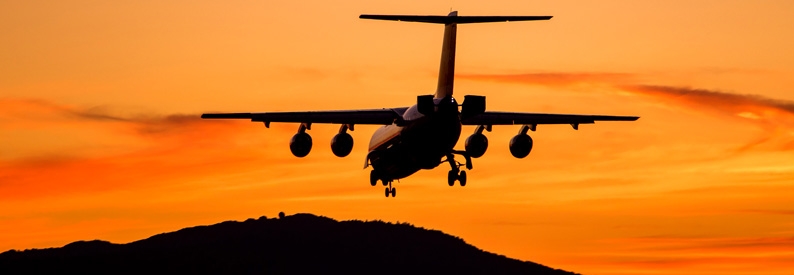Australia extends regional airline aid, outlines strategy

The Australian government has outlined its Aviation Recovery Framework strategy, which aims to help the country’s aviation sector recover from the COVID-19 pandemic and prepare for future growth.
“As a critical enabler of economic activity, the government is focused on ensuring the industry returns to pre-pandemic levels as soon as it is safe to do so. We also want the sector to grow into the future. Importantly, general aviation is a key pillar in our strategy. This is in recognition of the many critical services it contributes to the sector, none more important than flight and maintenance training capability,” Deputy Prime Minister and Minister of Infrastructure, Transport, and Regional Development Barnaby Joyce said.
The plan provides a general framework extending into 2024, targeting not just commercial airlines but also the training sector, general aviation, and airports across the country.
Among the proposals, the government pledged to extend the Regional Airline Network Support (RANS) programme through the end of March 2022. The aid scheme is available to all Australian carriers which hold a Regular Public Transport Air Operator’s Certificate and does not have a fixed budget. Instead, the amount of subsidy is negotiated on a case-by-case basis, depending on the particular carrier’s situation. The RANS scheme was launched on March 28, 2020, and has been repeatedly extended since then.
While most of the initiatives concern policy and have yet to be detailed in terms of cost, the government has earmarked up to AUD78 million Australian dollars (USD56.3 million) in specific expenses including:
a AUD30 million (USD28.2 million) rebate programme for general aviation operators to install additional safety equipment,
AUD4 million (USD2.9 million) for the Women in the Aviation Industry Initiative,
up to AUD44 million (USD31.8 million) in grants for airport upgrades, including AUD15 million (USD10.8 million) reserved for remote airfields.
The government has also reiterated its previously announced commitment to spend AUD32.6 million (USD23.5 million) under the Emerging Aviation Technology Partnerships Program, aiming to promote the development of new technology, including drones.
While short of announcing any new developments in this regard, the government confirmed its commitment to open Western Sydney Airport by the end of 2026. The new gateway, designed to supplement rather than replace Sydney Kingsford Smith, is currently 25% built.
